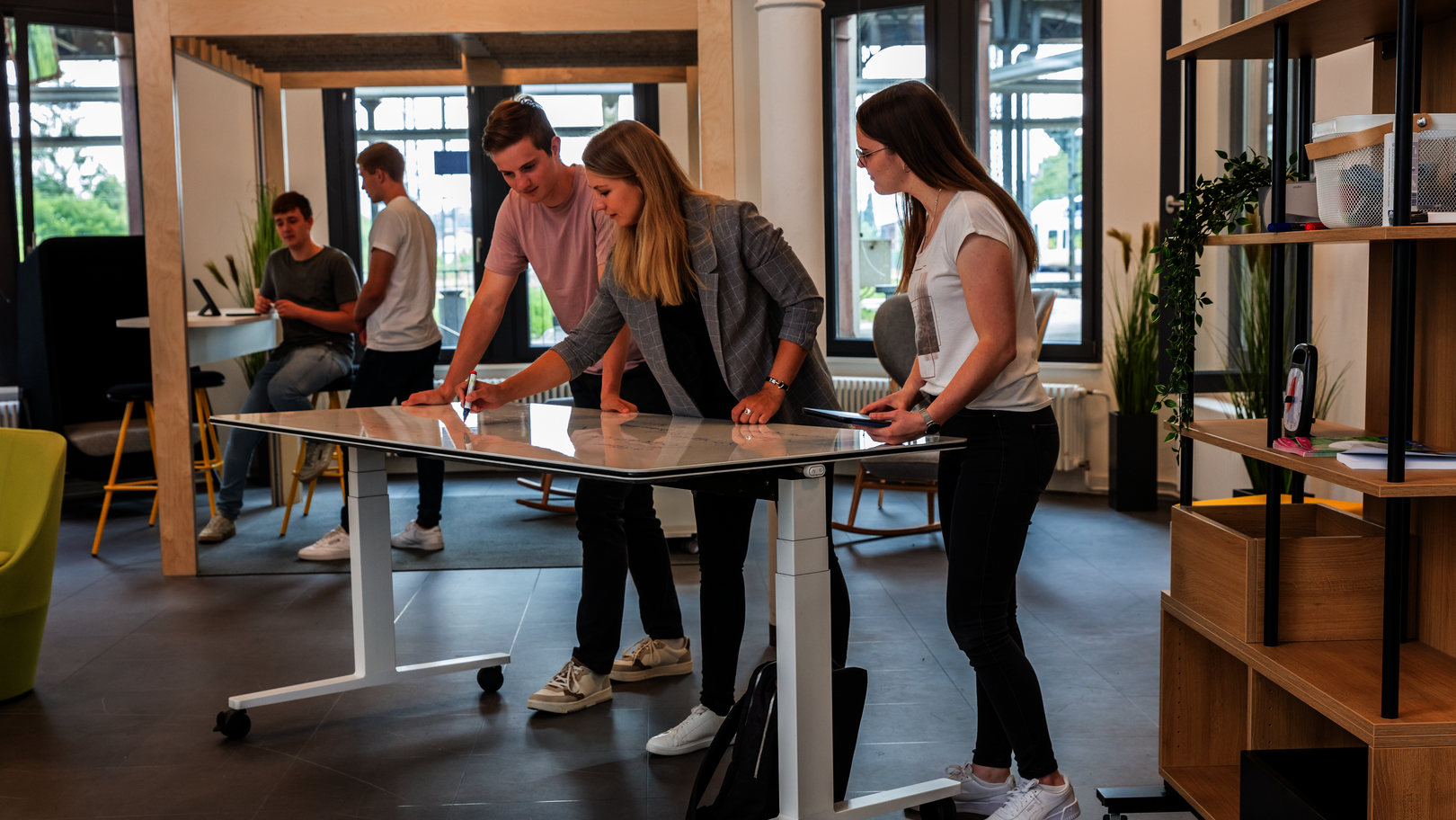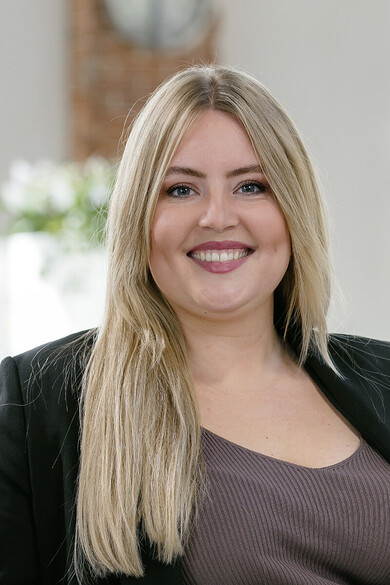
While work in the 20th century was still strongly embossed by industrialized, (Tayloristic) repetitive activities, the proportion of creative and knowledge work has been increasing for decades. Entrepreneurial value creation is increasingly driven by innovation, and product development cycles are becoming ever shorter. Long-term plans that are stuck to at a fixed height are becoming obsolete. And thinking in organizational silos no longer works in the 21st century. "Network thinking" (Prof. Ulrich Weinberg, HPI Potsdam) is taking the place of "Brockhaus thinking" with its clear order and delimitation of knowledge sections. It knows no hierarchies, creates connections instead of boundaries and is characterized by collaboration and transparency.
The principle of agile working has its origins in software development. In 2001, a group of 17 developers who were already working with agile software systems (e.g. Extreme Programming, Scrum, DSDM) published "The Manifesto for Agile Software Development". In it, they defined the most important values of their agile work and twelve principles based on them, which are adapted and supplemented slightly below:
These agile principles and methods must also be reflected in the working environment. Today, offices are no longer just places where agile working takes place. Rather, they are part of the process and a new way of thinking as well as a reflection of the corporate culture. Office furnishings should therefore not only support processes structurally, but also increase the overall well-being of employees. The office becomes a social space, a place of interaction where values are lived and exchanged.
In order to find out which places are needed in the office and how these can be made available as easily as possible, precise activity and process analyses are required. These are then "translated" into zoning according to activity and functional areas. The office furniture manufacturer WINI developed THE MY OFFICE PRINCIPLE back in 2013. With the help of this structured planning principle, office environments can be designed individually and in line with requirements. Modern working environments are structured and furnished with personally or temporarily assigned workstations, retreats, communication zones and service areas in such a way that they offer employees an optimal working and innovation environment.
These innovation spaces must be lively and allowed to develop and change with the requirements of the teams and the company as a whole. Workshop areas in particular should be equipped with flexible, preferably modular furniture. Seating and work areas that can be rearranged for small and large groups of listeners are ideal; folding and mobile desks that can also be used as whiteboards; mobile chairs with writing facilities and storage or caddies that offer storage space and seating at the same time. Stand-up tables with electrification and presentation options are suitable for stand-up meetings, meetings with other teams or discussions with customers and business partners.
Even agile working cannot do without concentrated individual work. Ergonomic workstations with comfortable office chairs and sit-stand desks, possibly combined with acoustic panels, are now standard. The height-adjustable table systems, e.g. WINEA FLOW from WINI, can also be combined to create team work zones or used as workbenches for desk sharing and short-term work.
Digital booking software makes it possible to book individual desks, groups of desks or meeting areas in advance for temporary work and meetings in an uncomplicated and binding manner.
In quiet zones and lounges, Soft Seating creates homely and attractive feel-good areas for relaxation or relaxed discussions. Modern room-in-room systems and individual acoustic solutions such as WINEA SONIC from WINI also allow retreats and communication zones to coexist in open spaces.
New agile office environments are not perfect from the outset; their planning and introduction must be accompanied so that they are supported and optimally utilized by all teams. The principle of trial and error - with test balloons and correction rounds - should also be applied to your own office environment. In this way, spaces for agile working can be constantly adapted to the needs of your teams and projects and continuously perfected.

Hanna-Maria Greve
Planning & interior design